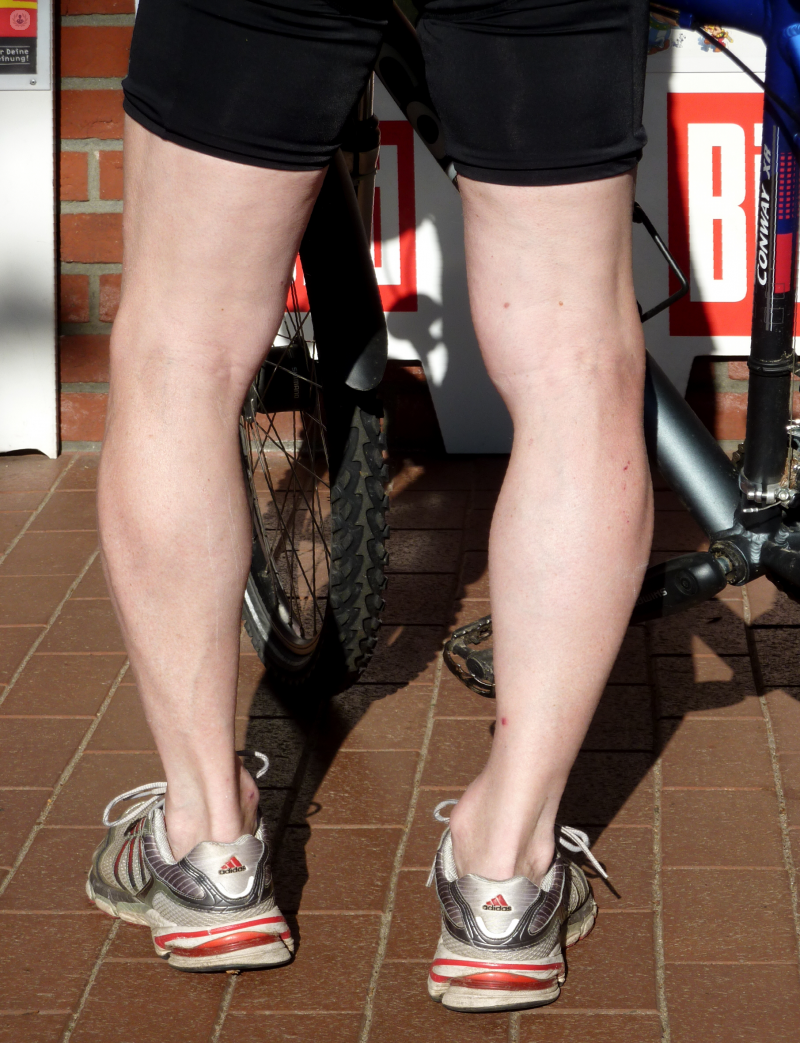


What is it?
Genu varum, which is commonly known as bow leggedness, is the term used for a postural deformity in which the knees are separated when the ankles are touching. This results in the knees bending outwards. It is very common in children aged between 1 and 2 years old, especially if they have started walking early. It normally spontaneously resolves when they are around 3 years old (physiological genu varum). If this doesn’t happen, if there is a degree of bowing, or if there is a bone disease, corrective surgery should be carried out lo regain alignment.

What does surgery do?
Treatment for genu varum aims to:
- Lengthen distended ligaments and the inner leg muscle.
- Strengthen and build up the: gluteus maximus, gluteus medius, abductors, tensor fascia lata, femoral biceps, quadriceps external vastus, fibula, sural triceps, and the common toe extensor.
- Achieve adequate knee balance to reduce the menisci load.
- Achieve as much symmetry as possible.
- Prevent potential pelvic problems.
- Prevent spine deformities in the sagittal and frontal planes.
- Increase standing resistance.
- Avoid other injuries.
- Improve walking posture.
What does it involve?
Generally, the surgery performed to correct bow legs is an osteotomy. During this procedure, a bone is cut either to shorten or lengthen it, or to change its alingment entirely. Osteotomy is generally used to reshape the bones and it is a complex type of surgery. The surgeon makes a cut in the skin and uses wires to measure the bone, then take out or re-align the bone according to the desired length/position. In order to hold the bones in place, the surgeon may use tiny screws and a metal plate, which sometimes must stay in your body permanently, but sometimes can be removed after the bones have re-aligned.
Post-treatment care
After the operation, you may be in a wheelchair for 3 to 4 weeks. After this, crutches will need to be used until you are able to walk unaided. You may need to stay in hospital for a few days so the specialist can monitor your progress. For patients over 35 years old, rehabilitation takes at least 4 months. If there aren’t any complications, when the mobility aids are no longer used, the patient should not physically exert themselves for about two months.